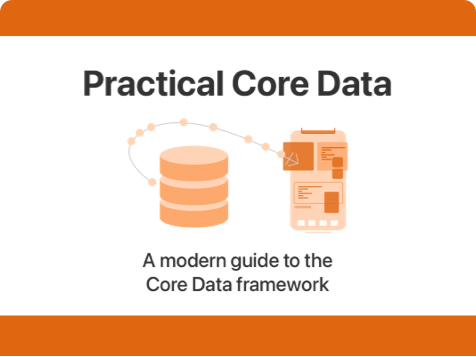Grouping Liquid Glass components using glassEffectUnion on iOS 26
Published on: July 2, 2025The Apple Maps app features something that looks like a vertical toolbar where they’ve stacked two grouped buttons on top of each other using a Liquid Glass effect. In this post, you’ll learn how you can make use of a GlassEffectContainer and the glassEffectUnion view modifier to achieve this effect.
Read post

